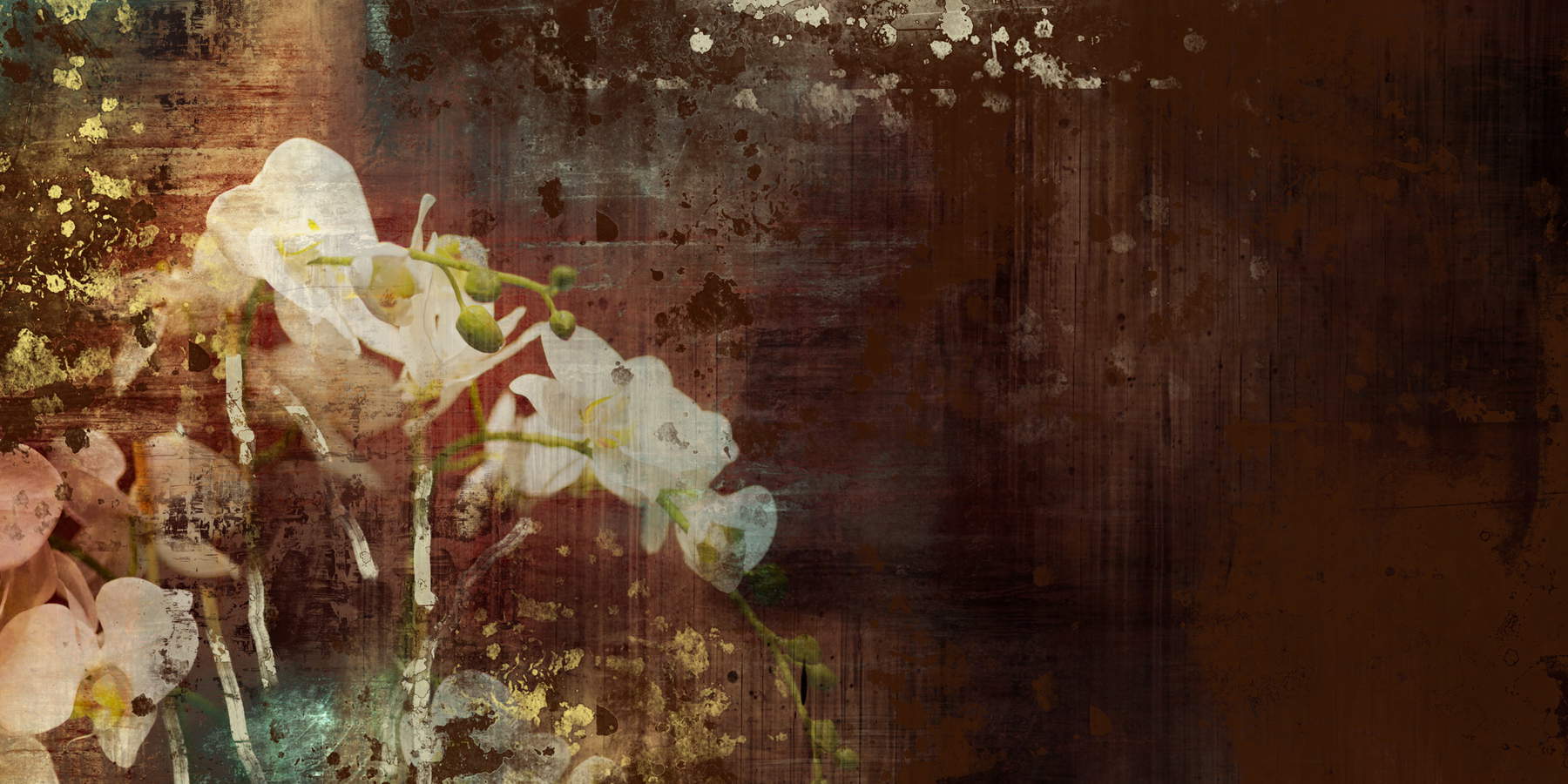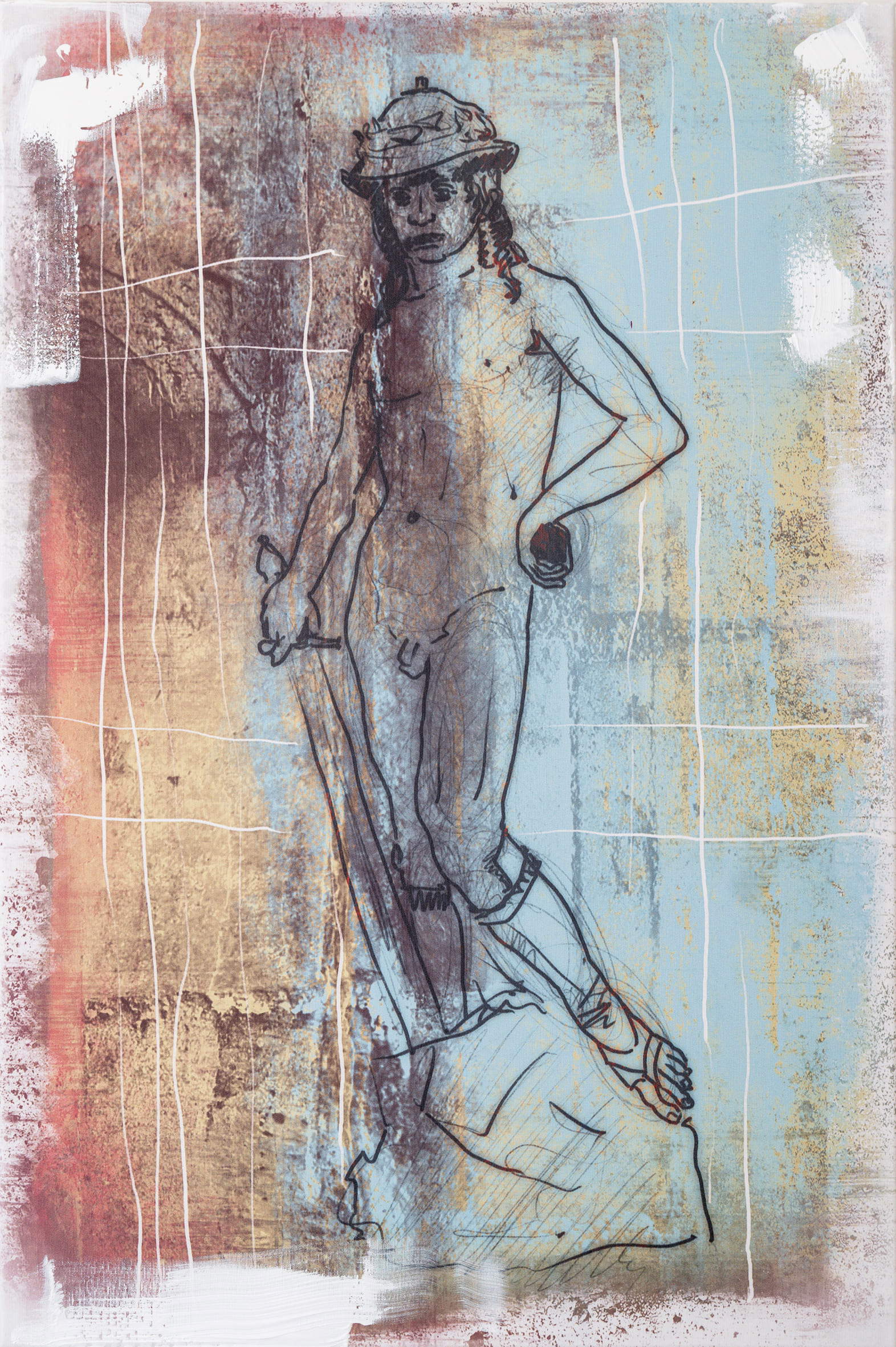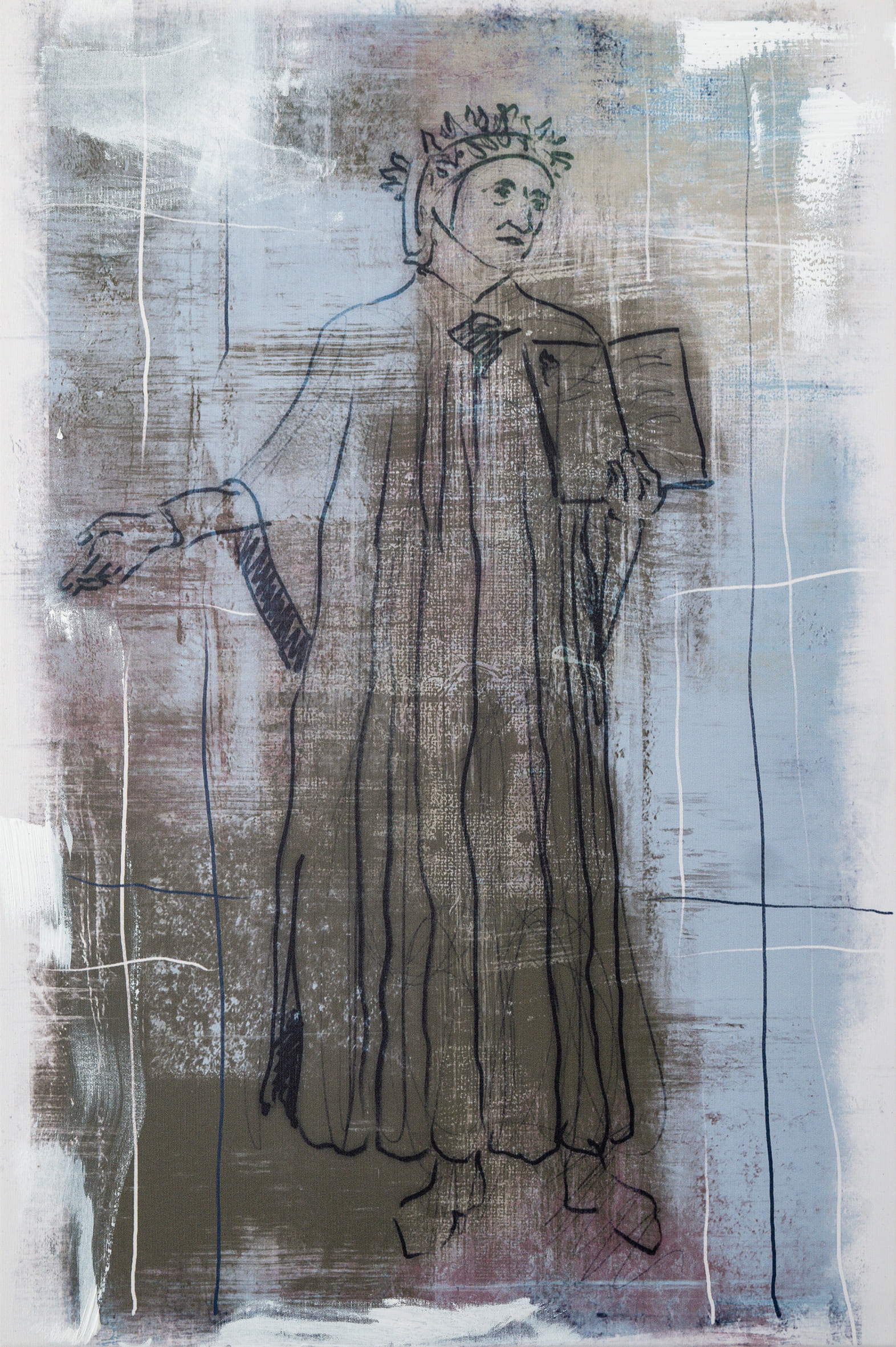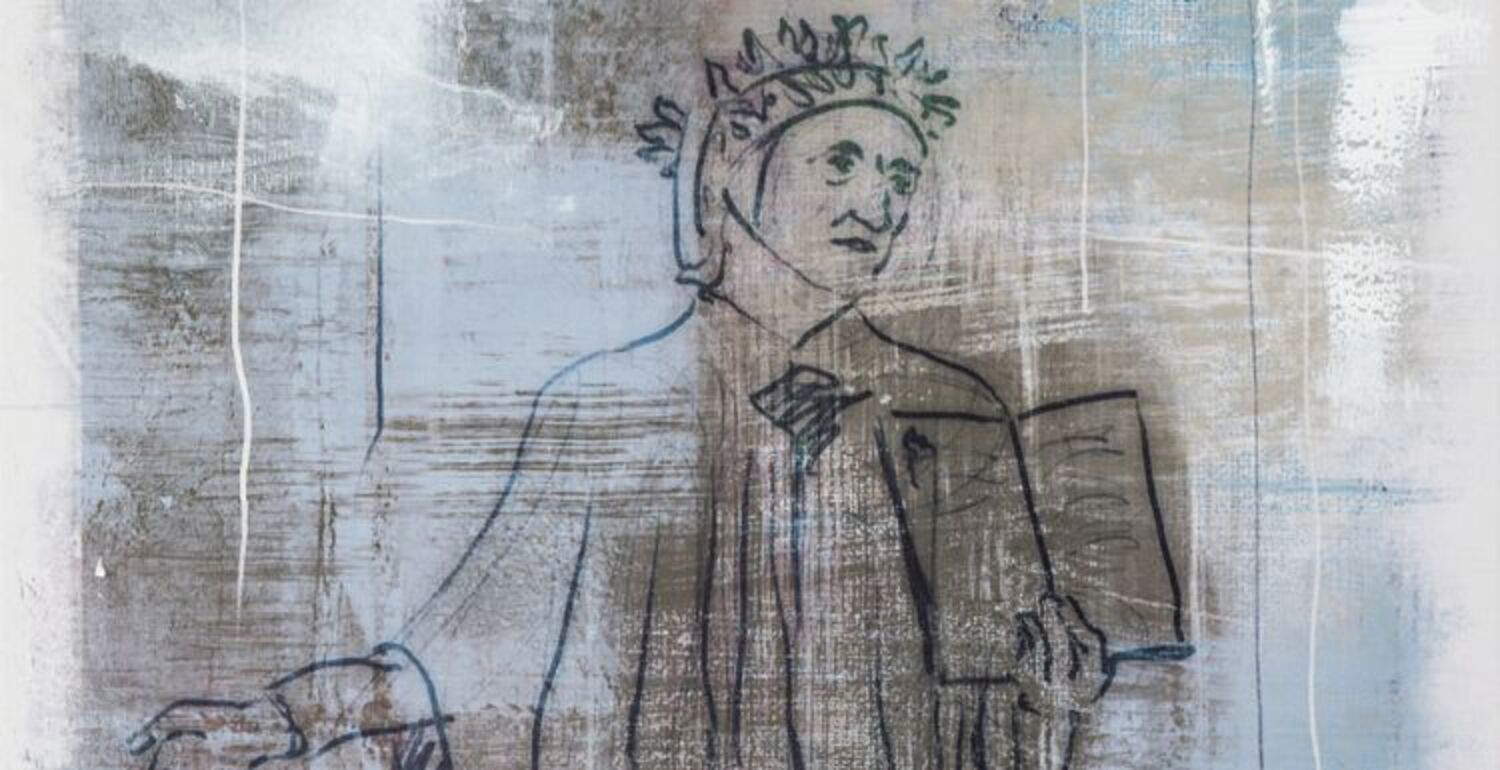Florence hosts a stage in German artist Dieter Nuhr ’s (Wesel, 1960) international project, an exhibition titled Elsewhere is Everywhere that brings together more than 120 works and, after Vienna and Munich, arrives in Italy before moving to Havana. The exhibition, curated by Dirk Geuer of Bodo Hombach, president of the Brost Foundation, opened Thursday, May 1, at the Galleria delle Carrozze in Palazzo Medici Riccardi and will remain open until June 2. It is supported by the Foundation Brost and organized by theAssociation for Art in Public Space , is part of a four-year cycle that evolves with each new venue, maintaining a consistent layout but adapting from time to time to the local context.
Central to Nuhr’s work is a visual reflection on the beauty of the world and the need to protect its natural and cultural diversity. Three-quarters of the works in the exhibition are devoted to landscapes and subjects from places that are geographically distant but share the same poetic gaze: his homeland, the Ruhr region of Germany, but also countries such as Sudan, Thailand, Saudi Arabia, Senegal, Norway, Georgia, Laos, Bhutan, India, and Greece. The Ruhr, a western area of Germany once dominated by mining and heavy industry, today represents an emblematic case of conversion and transformation. Its development, geared toward sustainability and renaturalization, has made it a benchmark for the implementation of the United Nations 2030 Agenda. The Zollverein industrial mining site in Essen, declared a World Heritage Site in 2001, is one of the symbols of this regeneration.
Representations of children, flowers and portraits from distant lands also find a place in the exhibition corpus, dialoguing with the artist’s mixed media: Nuhr superimposes digital technologies and analog tools to create hybrid works, in which the exotic and the familiar mingle. The stated intention is to give equal visual dignity to each place and subject, putting different people, landscapes and traditions on the same aesthetic plane. One of the hallmarks of the exhibition is the way the artist reworks the codes of classical art, renewing them through contemporary means. Some portraits, made directly on iPads, place traditional figures, such as the Madonna, side by side with subjects of different origin, age and social class, without any hierarchy. The intent is to build an artistic equality that crosses cultural and religious boundaries, reaffirming the universal value of human representation.
Among the works on display, three are expressly dedicated to Florence. They are reinterpretations, in a contemporary stylistic and technical key, of masterpieces of local heritage: theAdoration of the Child by Filippo Lippi, Donatello’s David, both once housed in the Medici Riccardi Palace, and Dante with the Divine Comedy by Domenico di Michelino, which can still be seen in the Cathedral of Santa Maria del Fiore. The exhibition project, which has stopped at the Artforum in Vienna and the Bavarian National Museum in Munich, is preparing to continue its international journey with a future exhibition at the Museo Nacional de Bellas Artes in La Habana. In each venue, works are selected and adapted to build a dialogue with the host site, while keeping the global vocation of the project unchanged.



From a technical point of view, Nuhr’s works are the result of a layering of visual languages. The artist combines photographs, drawings, pigments and digital interventions to construct complex surfaces in which the image is defined by subtraction and superimposition. Each work is the result of research that aims to establish formal and emotional connections between places and subjects that are seemingly distant but share the same vulnerability. Nature, in fact, is one of the main threads of the entire exhibition: glaciers, rivers, lakes, vegetation and fragile habitats are represented not only as aesthetic places, but also as presences to be protected. The underlying message is clear: what is in danger of being lost deserves to be observed with more care and awareness. Nuhr’s approach is neither documentary nor narrative in the strict sense. Rather, it is a visual operation that seeks to bring to the surface the aesthetic sense of the world, through a form that eschews the pure reproduction of reality. Landscapes thus become mental territories, and faces-often caught in neutral or absorbed expressions-are transformed into icons of a shared humanity.
“Dieter Nuhr has established himself internationally as a multimedia artist,” says Dirk Geuer, curator of the Association for Art in Public Space. “His extensive artistic portfolio, exhibited in museums and galleries around the world, reflects both his deep connection to the Ruhr and his travels to remote corners of the world. In addition, the exhibition ’Elsewhere is Everywhere’ at Palazzo Medici Riccardi highlights Nuhr’s ability to create a fascinating dialogue between the classical and the contemporary, using a highly personal technique.”
Dieter Nuhr, born in 1960 in Wesel, is a multifaceted artist who divides his time between Düsseldorf, Berlin and Ibiza. Although for years he has been one of Germany’s best-known satirical comedians, his visual art career began well before his fame in the world of satire. Between 1981 and 1987 he studied painting at the University of Essen, formerly the Folkwang School, and perfected his visual art in a context that led him to explore innovative techniques. In the early 1990s, his passion for photography began to dovetail with his painting work, profoundly influencing his creations. This combination of painting and photography became a distinctive element of his style, giving rise to an artistic pursuit that has made him a major player on the international scene. Over the years, Nuhr has developed a unique visual language that is recognizable and highly appreciated by audiences and critics alike. His most recent works have featured him in major exhibitions, both in Germany and abroad. His most prestigious solo exhibitions include those at the Osthaus Museum in Hagen, the Biblioteca Nazionale Marciana in Venice, the Musée Théodore Monod d’Art Africain in Dakar, MAXXI in Rome, the Ludwig Museum in Koblenz, the Bank Austria Kunstforum in Vienna, and the Bavarian National Museum in Munich.
 |
| In Florence, the world as seen by Dieter Nuhr: traveling exhibition comes to Tuscany |
Warning: the translation into English of the original Italian article was created using automatic tools. We undertake to review all articles, but we do not guarantee the total absence of inaccuracies in the translation due to the program. You can find the original by clicking on the ITA button. If you find any mistake,please contact us.